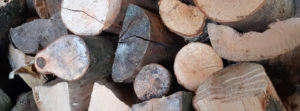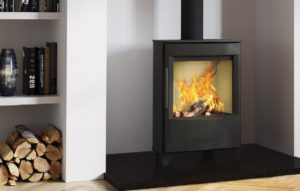The fireplace and stove industry has been anticipating changes relating to climate and air pollution ever since the governments announcement regarding the Clean Air Strategy a number of years ago.
Plans to phase out the sales of our most polluting fuels – house coal and wet wood – was recently confirmed as part of this strategy, and was widely reported in the media.
The perception and understanding of the media reports have left some appliances users confused as to what the ‘ban’ actually means for them with regards to burning solid fuels.
Here we will try and clarify these changes, and how they affect you when it comes to the fuels you should be using.
BURNING WOOD
The ban on ‘wet’ wood covers the sales of wood above a certain moisture content. ‘Wet wood’ has been defined as wood having a moisture content of 20% or more. From February 2021 sales of wood in units of 2m cubed or less will need to be ‘Ready to Burn’ with a moisture content less than 20%. Wood with a moisture content of 20% or less is proven to give out twice as much heat than that with a 60% moisture content.
HOUSE COAL
House coal is the most raw form of mineral fuel. Popular on open fires, house coal should never be burnt on enclosed appliances due to potential damage to your stove, caused by excessive heat from the fuel. Loose coal, sold direct by approved coal merchants, will also be phased out by February 2023.
In essence the Clean Air Strategy, with regards to solid fuel appliances, should ensure that users can continue to use their appliances with confidence, whilst emitting lower particulates into the atmosphere, and getting the very best out of their stove.



